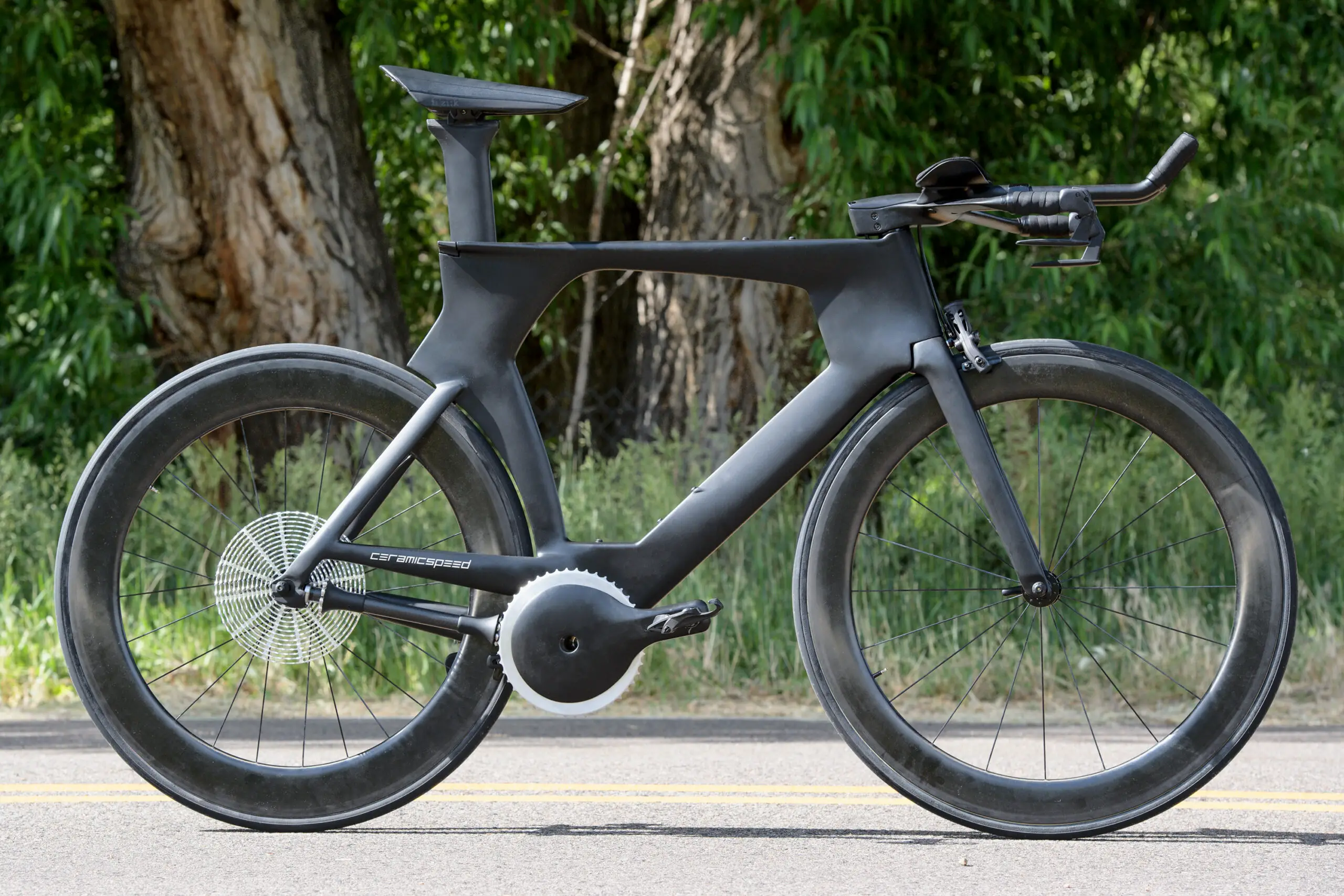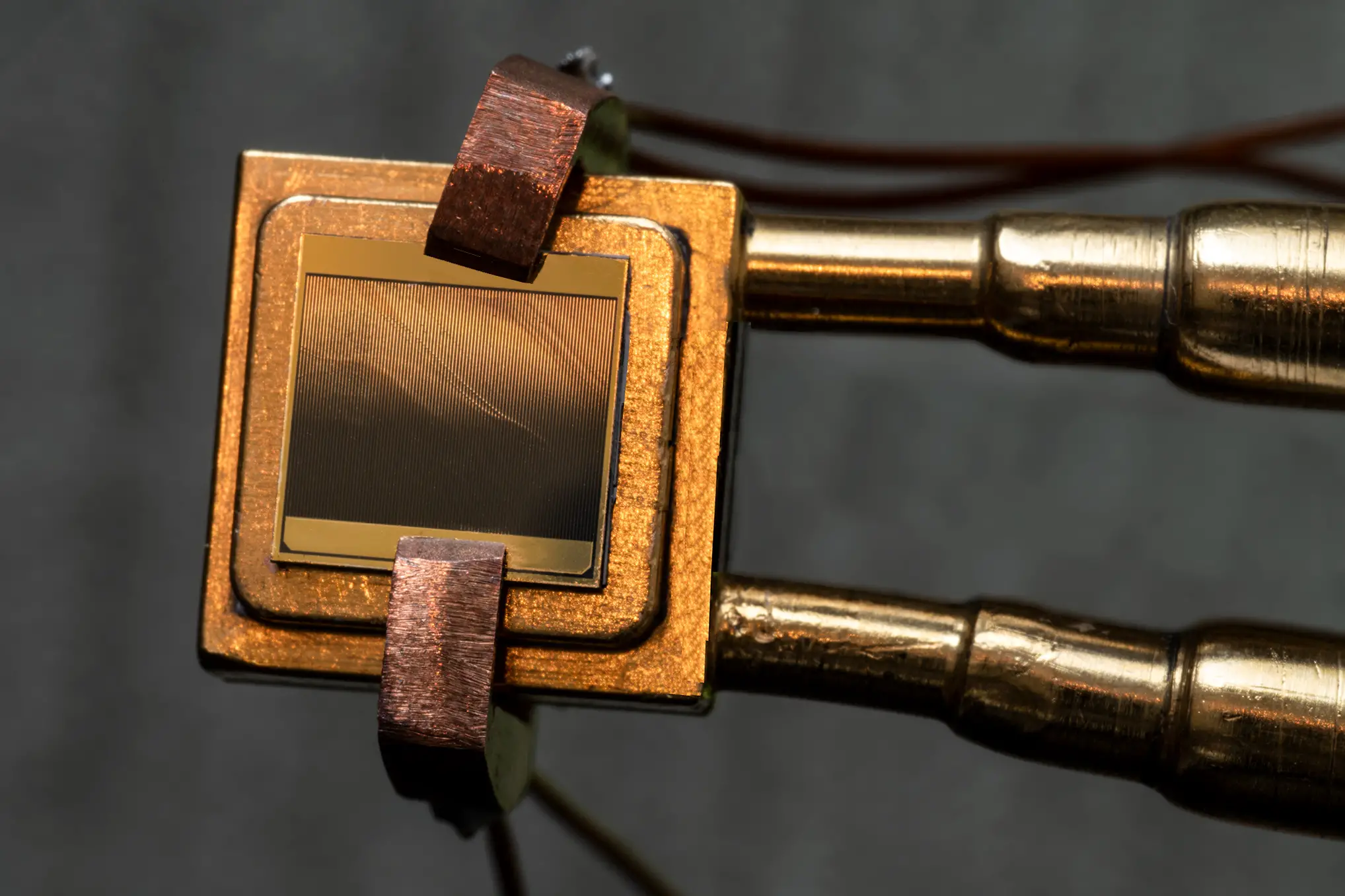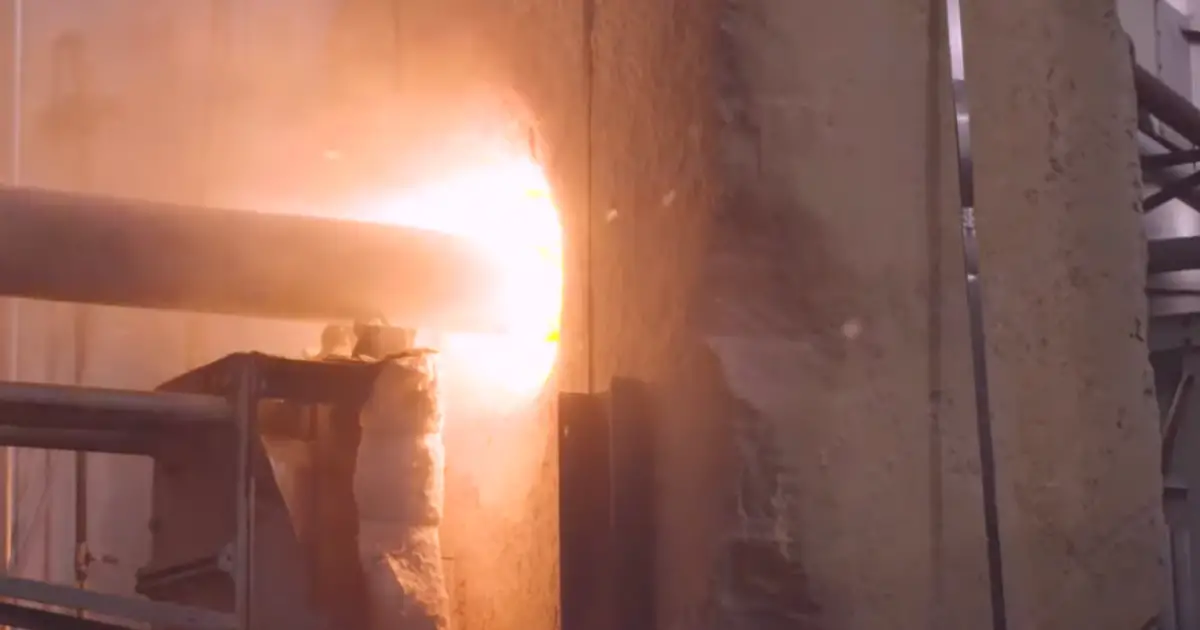A Pennsylvania teen’s invention may contribute to safer driving conditions.
According to CNN, 14-year-old Alaina Gassler of West Grove, Pennsylvania, has received $25,000 for her prototype design that reduces a car’s front blind spots produced by the windscreen A-pillars.
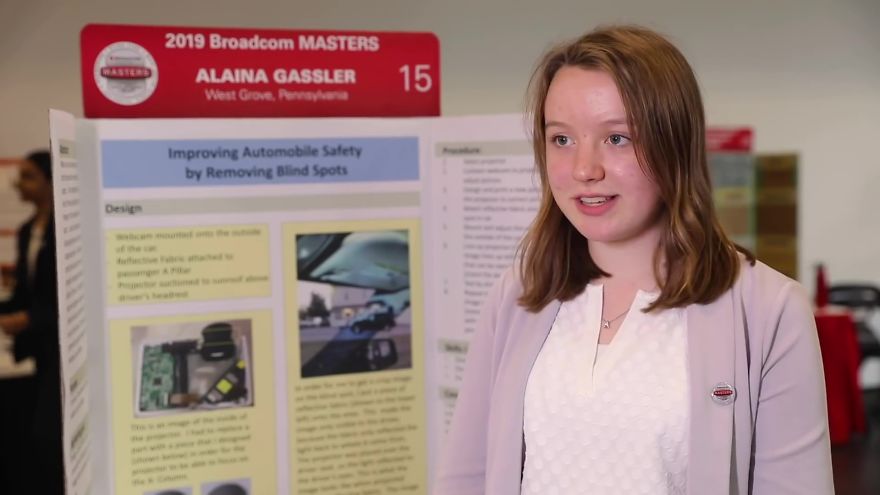
According to Gassler in a film by the Society for Science & the Public, “there are so many car accidents, injuries, and deaths that could’ve been saved because a pillar wasn’t present. And since we can’t get it out of cars, I made the decision to get rid of it another way.
The A-pillars support the windshield and offer protection in the event of an accident, making them a crucial component of the vehicle. But they also make parts of the road that are hidden from view from the driver.
To solve this problem, Gassler developed a concept that virtually renders the pillars invisible using a webcam, a projector, and retroactive cloth.
How Alaina’s Creation Functions
She explains in the video that she mounted a camera on the A-exterior, pillars and that “the camera relayed footage to a projector that projected the image onto the pillar.”
The image from the projector can reflect, thanks to Gassler’s use of retroactive fabric inside the automobile to conceal the pillar. CNN claims that the teenager also designed 3D print and a unique tool that enables the projector to focus up close. When her brother started driving, she said, she was motivated to pursue this idea because she wanted to ensure his safety.
According to her research, more than 840,000 car accidents are using blind spots each year in the U.S. alone. This information increased the significance of her project for her, she told CNN.
According to the Society for Science & the Public, her idea received the $25,000 Samueli Foundation Prize, which is “the top honour in the Broadcom MASTERS, the nation’s finest science and engineering contest for pupils in middle school. The project was up against the efforts of 29 other students for the award.
How Come No One thought of this?
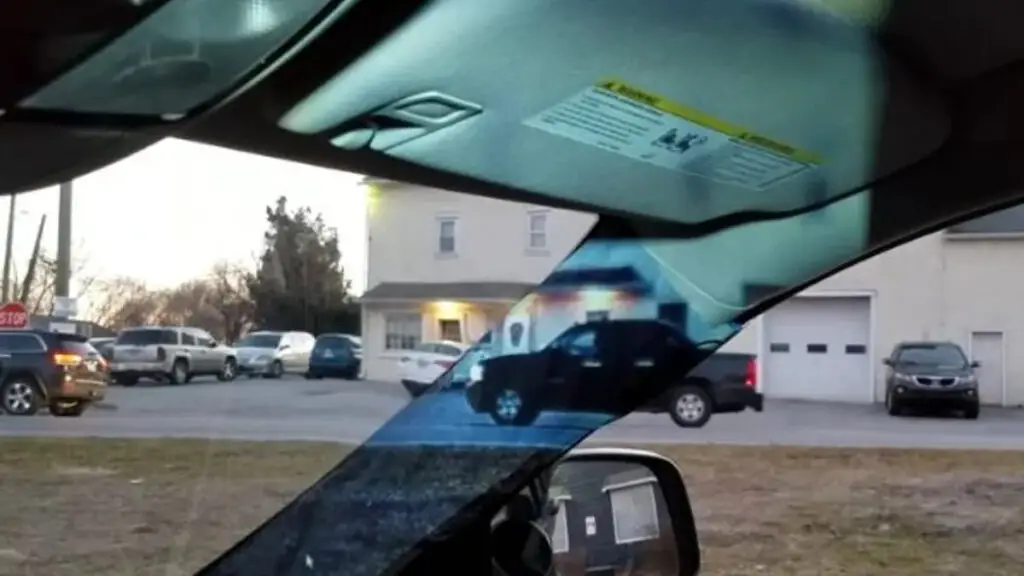
A computer, a simple webcam, a projector, retroreflective cloth, and a little trial and error are all needed for Gassler’s project, “Improving Automobile Safety by Removing Blind Spots.” Gassler set up the webcam to feed to the computer inside the family SUV, which was then connected to the projector and affixed to the outside of the car.
The SUV’s windscreen pillar was covered with reflective fabric, so the projector was oriented at it. This allowed the driver to view the image well even in broad daylight.
Back in 2017, KIA and Hyundai jointly applied for a patent for a comparable technology, but it was a much more complex system that included video monitors and was too expensive for mass manufacturing.
Toyota entered the competition with a very similar patent application for a “transparent vehicle apparatus” months earlier. However, they also failed to launch their feature. Land Rover attempted in 2014, but the same issue arose: The Cost.
Gassler’s technique is extremely inventive since it projects images onto the retroreflective fabric.


